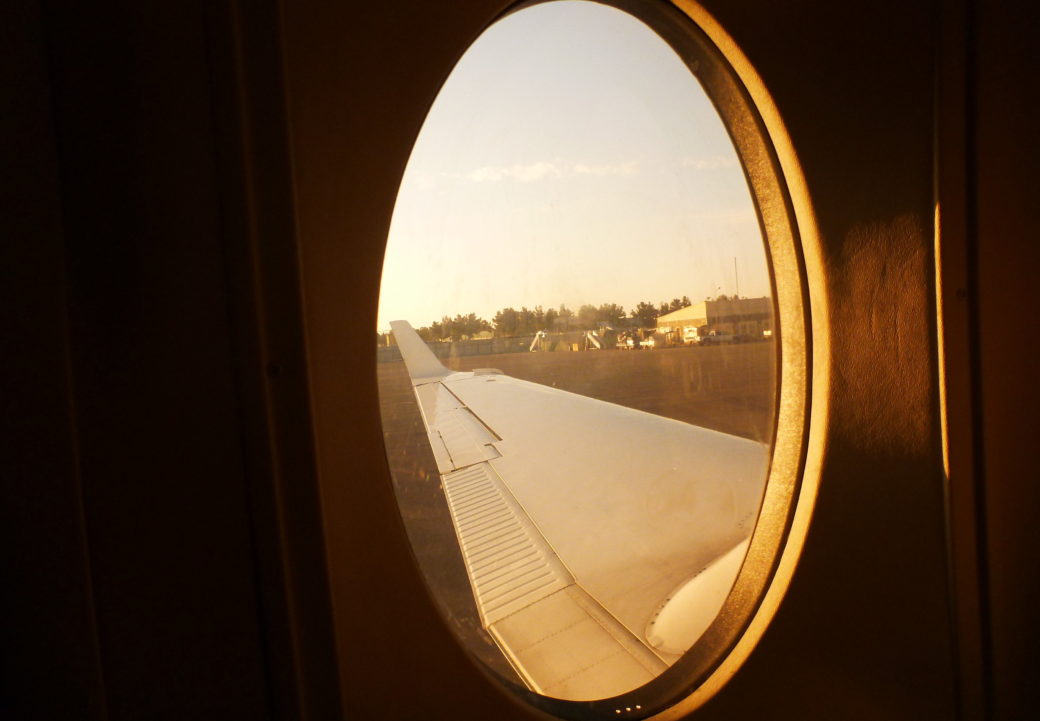On the Way to Africa: Staying Healthy in the Air
With fewer people going to Africa now, the upcoming safari experience will be profound. But first you have to get there safe and in good health. Here is how to stay healthy on the plane.

With fewer people going to Africa now, the upcoming safari experience will be profound. But first you have to get there safe and in good health. Here is how to stay healthy on the plane.

This is a once-in-a-lifetime opportunity to see Africa without the crowds. As African countries ease up on Covid-19 travel restrictions, the first few months after the safari parks reopen will offer some of the best safari experiences ever imagined. For the first time in decades, the world’s most popular and exquisite safari destinations are peaceful, uncrowded, and genuinely wild. It wasn’t always that way. Until the pandemic-driven shutdown, some of the more popular safari reserves were getting too crowded. Once famous for wildlife and landscapes, they were beginning to be infamous for noise, overcrowding and obnoxious behavior. In the most popular places, a cheetah could hardly raise her head without a hoard of tourist-packed 4X4s screeching into her space. That has all changed for the better since the human world paused for Covid-19. Now, reports from the field are describing a place rewilding, no cars, no planes, no noise, just lions roaring at night, birds in the morning, and wildebeest gnuing all day. Africa’s landscape is returning to what it was generations ago. But that will not last long.
Exciting as it is, there is a challenge to seeing Africa now: you first have to get there. And getting there means lengthy hours of travel by plane while the pandemic is still with us. It is easy enough to social distance in Africa with the sun, fresh air, and wide-open spaces. But the long flight is a challenge. Even before the pandemic, international flights were a serious germ concern. Almost everyone has a story about vacation battles with colds, flu, and stomach trouble picked up on a crowded winter flight. Now after Covid, many are tepid about boarding a flight. But all that said, for the adventurous few, there are proven ways to steel oneself against viruses and germs on an airplane. Here are the techniques for staying healthy in the air.
In addition to actions you can take, it is worth knowing that airlines are pulling out the stops to make a healthier flying environment. The major airlines have improved their cleaning protocols in response to the pandemic. High-touch areas like armrests, seatbelts, tray tables and door handles are rigorously sanitized with EPA approved disinfectants. Check-in areas have been redesigned to maximize distances and all employees are wearing masks. Some airlines have implemented fogging techniques between flights that disinfect every nook and cranny.
Unavoidably, this germophobic activity will make flying less pleasant and to some it might be unbearable. For others, myself included, the excitement of getting underway again and the chance to visit the great destinations without all the crowds will outweigh the inconvenience and discomfort.
